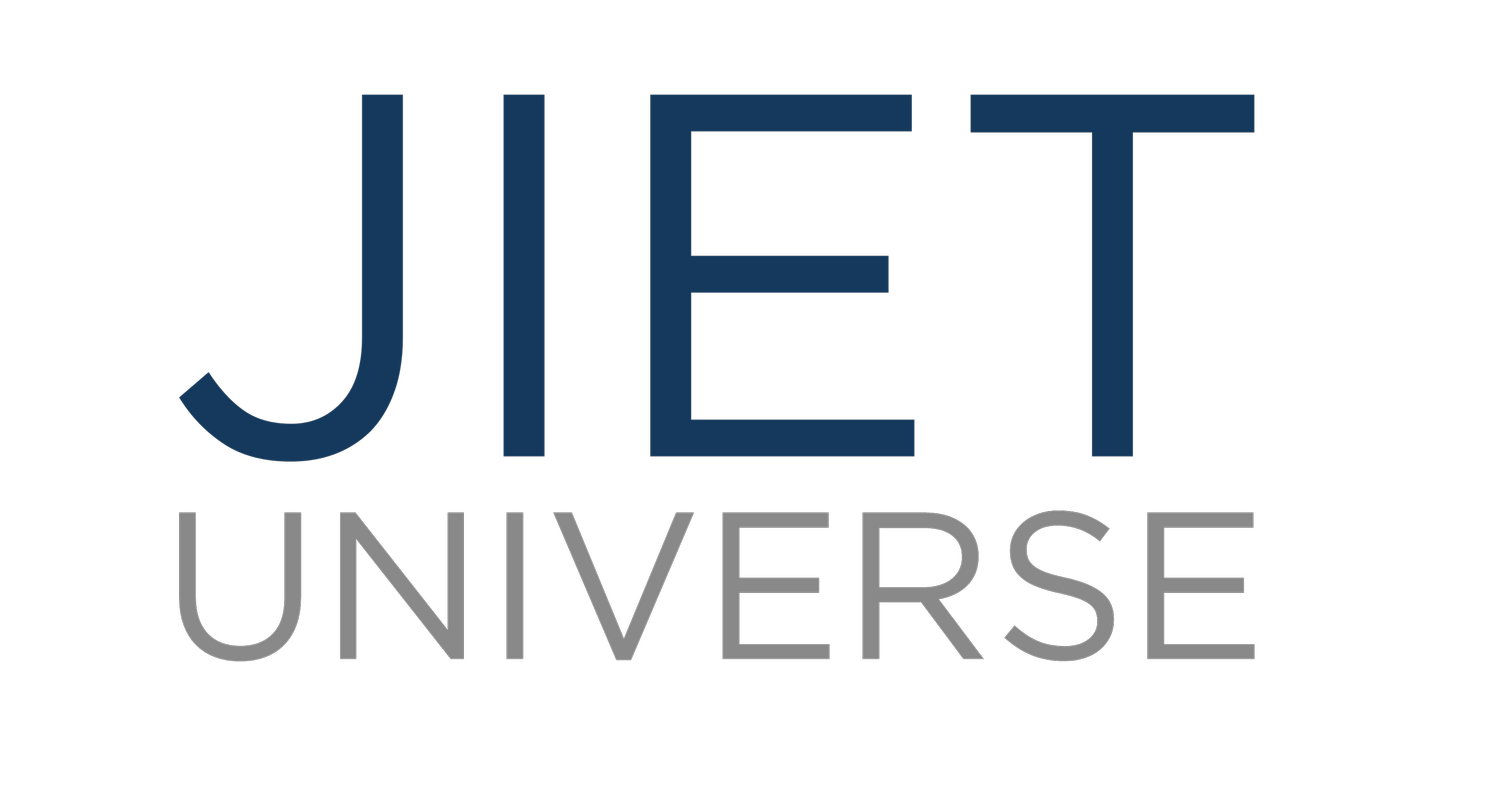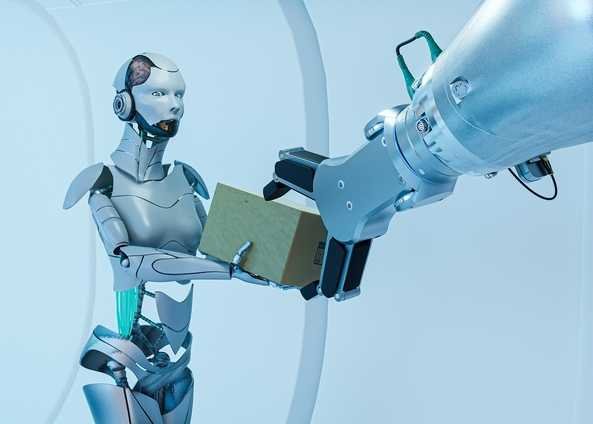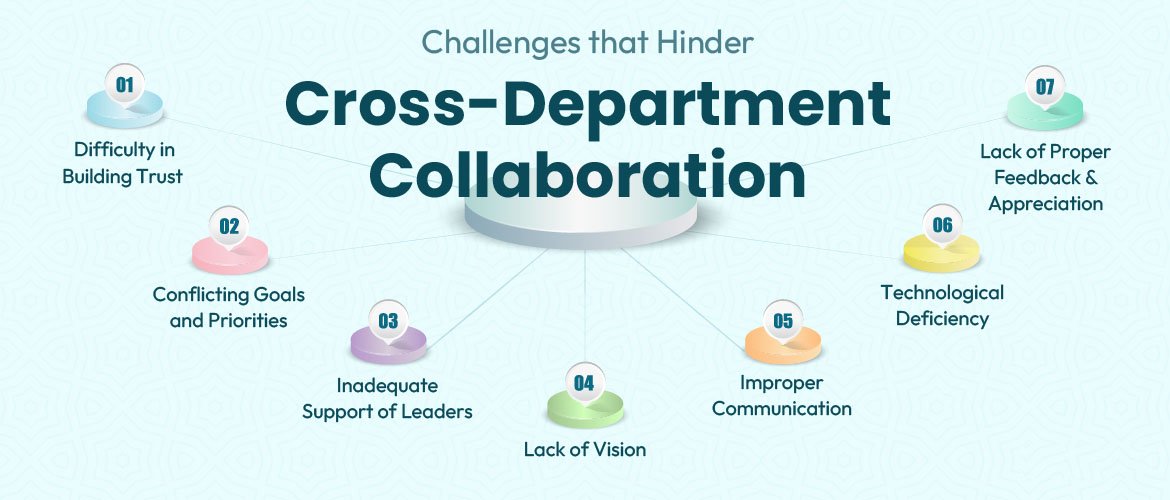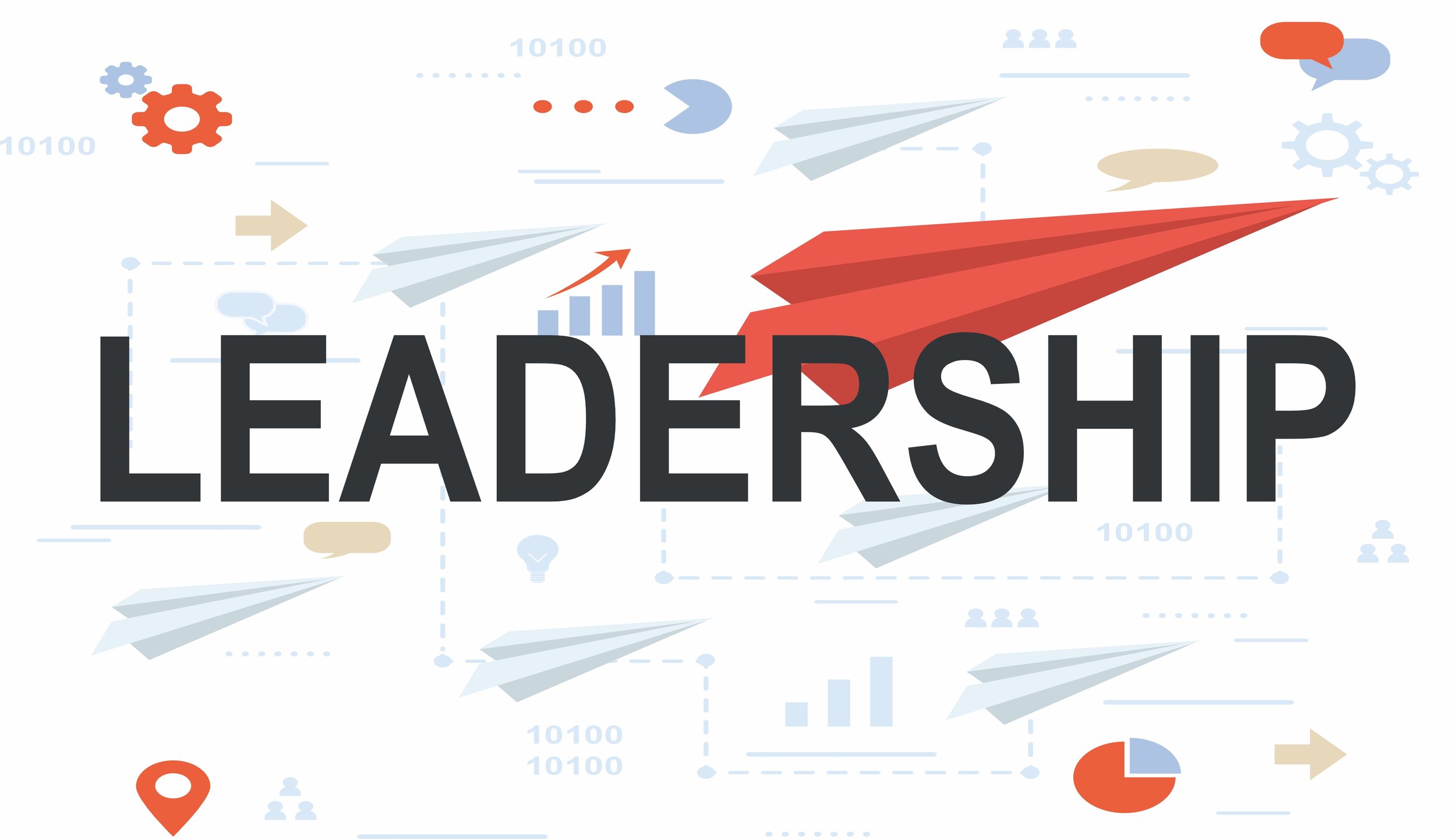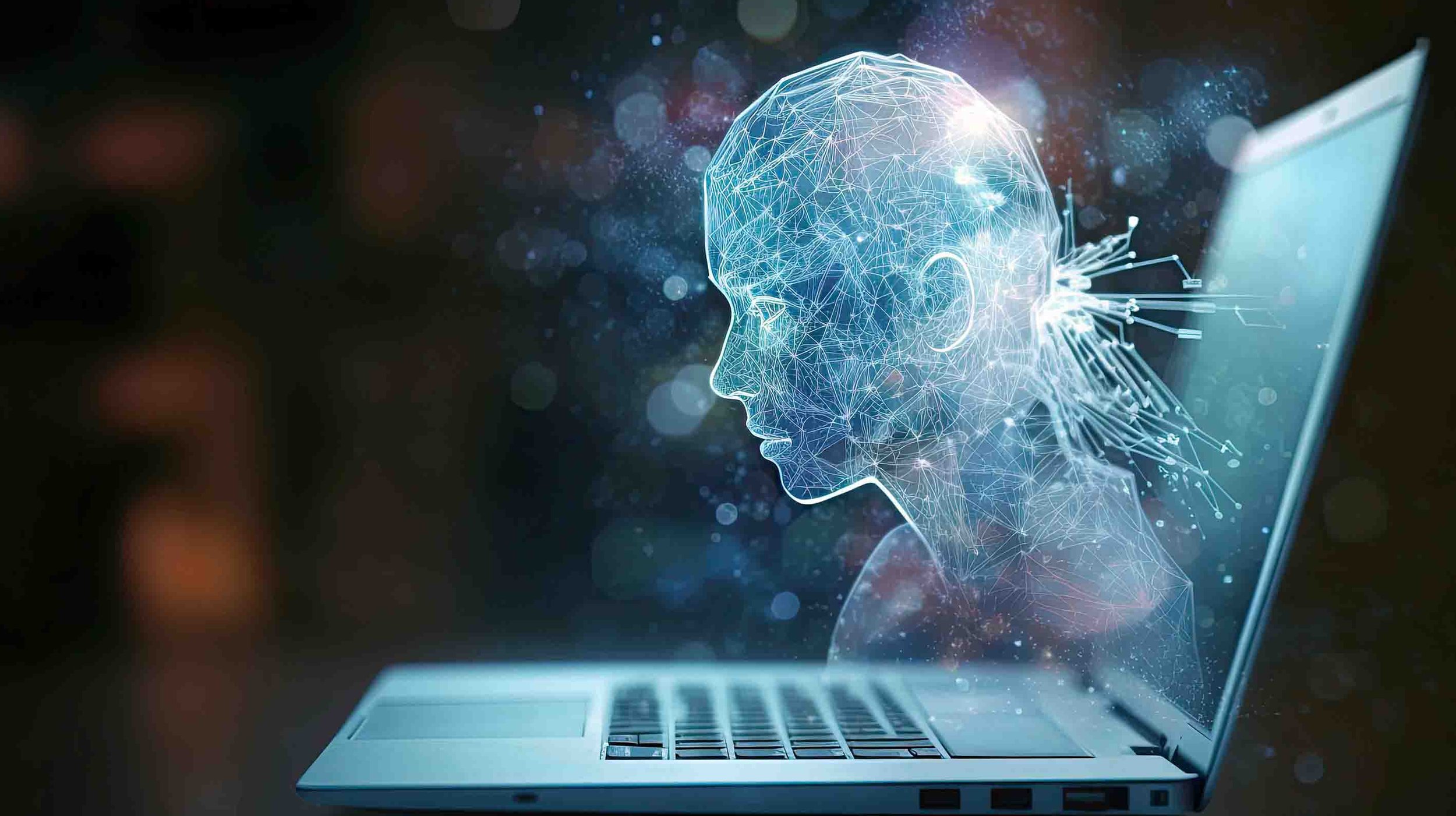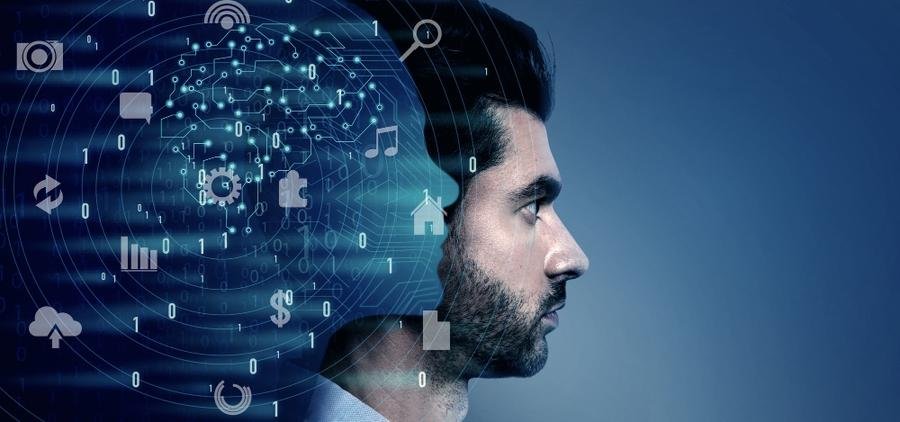Robotics and Automation: Applying AI to Physical Systems.
Introduction:
The Intersection of Robotics and AI
Robotics and automation have become an integral part of our everyday life. From factory assembly lines to smart home devices, these technologies are shaping the future. The true driving force behind this rapid evolution is the sophisticated application of Artificial Intelligence (AI) in physical systems. AI's ability to simulate human intelligence takes robotics and automation to new heights.
AI and Robotics: A Perfect Symbiosis
The integration of AI into robotics gives birth to machines that can not only perform repetitive tasks but can also think, learn, adapt, and make decisions. These AI-powered robots can recognize patterns, process data faster, and perform complex tasks with utmost precision. By incorporating machine learning algorithms and deep learning neural networks, we can build robots capable of understanding and learning from their environment, thereby making autonomous decisions.
The Role of AI in Automation
Automation, powered by AI, is revolutionizing industries. Machines can now perform a wide range of tasks previously undertaken by humans with increased efficiency and reduced errors. AI enables automation systems to analyze vast amounts of data, predict outcomes, and make real-time decisions. This can range from sorting products in warehouses to predictive maintenance in factories, significantly improving operational efficiency.
Learning from AI-powered Systems
Students interested in technology should understand that studying robotics and automation isn't just about hardware. It's about combining this knowledge with AI concepts, like machine learning, neural networks, and data analysis. By integrating these subjects, we can create solutions that improve our world. This interdisciplinary approach offers exciting possibilities for innovation, making this field an excellent choice for future professionals.
The Future of Robotics and Automation with AI
The capabilities of robotics and automation systems will increase as AI does. They'll become more intuitive, efficient, and versatile. We can anticipate a future where AI-powered robots collaborate with humans in everyday tasks, and automation systems make our lives more comfortable.
Conclusion:
We are living in a fascinating era where AI is making significant strides in robotics and automation. As students and budding tech enthusiasts, we should embrace this combination that is shaping our future. The fusion of these technologies presents a wealth of opportunities for those willing to learn, innovate, and lead the path to an AI-powered future. If you want to know more about AI and Robotics, visit JIET Jodhpur Campus or Official Website.
